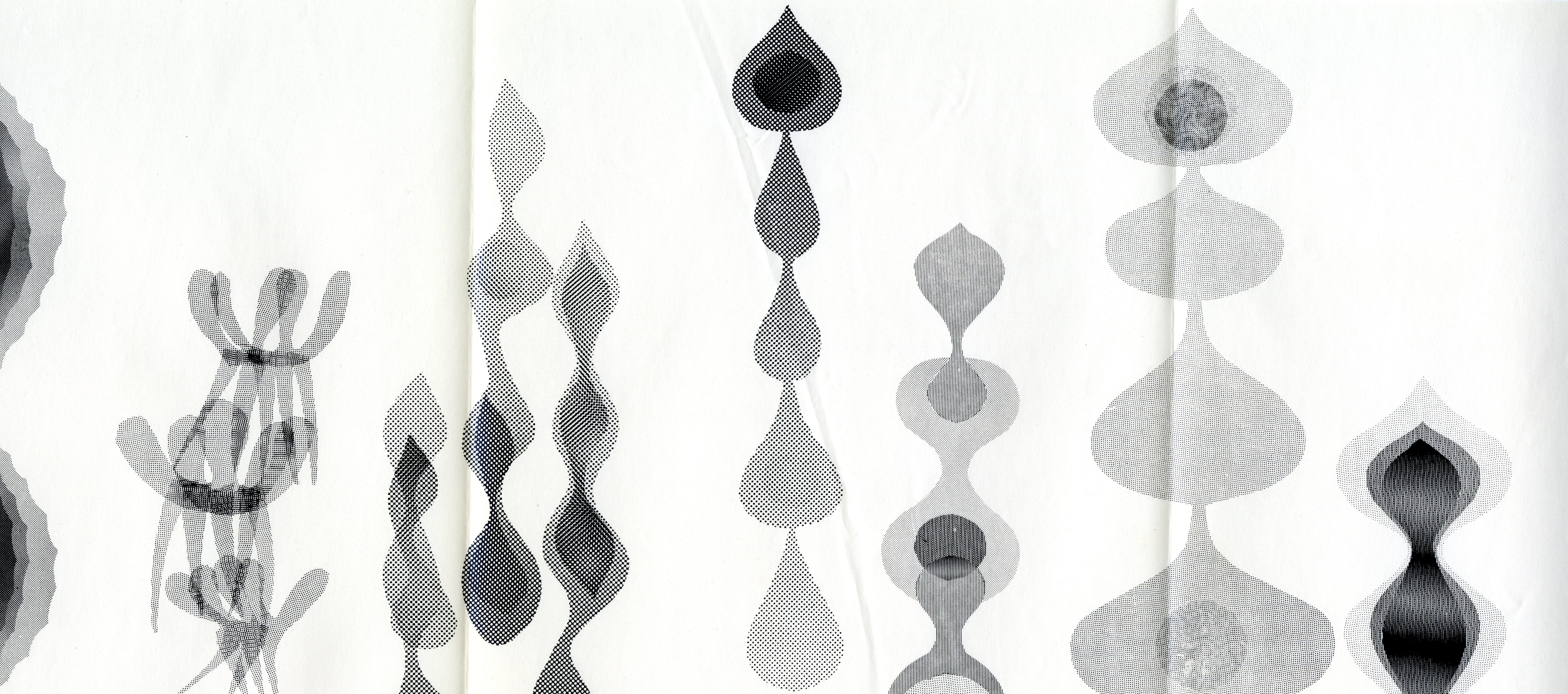After more than a year of intensive organizing and arranging, we are very proud to announce that the papers of artist and educator Ruth Asawa (M1585) are now available for research. The finding aid can be accessed from the Online Archive of Calfornia, and the collection record in the Searchworks catalog. A bibliography is also available from the Stanford Digital Repository.
The collection documents her commissions and other creative work as well her involvement in shaping civic arts and educational policy. Perhaps the greatest number of files contain correspondence from a remarkably diverse community of associates: friends, neighbors, artists, teachers, students, architects, designers, patrons, politicians, and philanthropists. She was also close to such major figures as Buckminster Fuller, Imogen Cunningham, Josef and Anni Albers, Ray Johnson, and countless others. In a sense, her papers can be considered a collection of collections. Scholars studying San Francisco history, art education pedagogy, fundraising for non-profits, public art, Japanese American Internment, or Black Mountain College will be rewarded by the collection's breadth.
Of course, there is also a great deal of information on Asawa's own art, particularly her unique wire constructions. The collection contains communication with galleries and museums, many photographs and slides, and insights on her artistic processes as included in portfolios and applications. For instance, here is some detail from an insert in her 1955 Guggenheim application. There are many of these halftone images of her crocheted wire shapes:

Please stay tuned: we'll be posting a few more entries on Asawa in the weeks to come.









 Stanford University Home
Stanford University Home